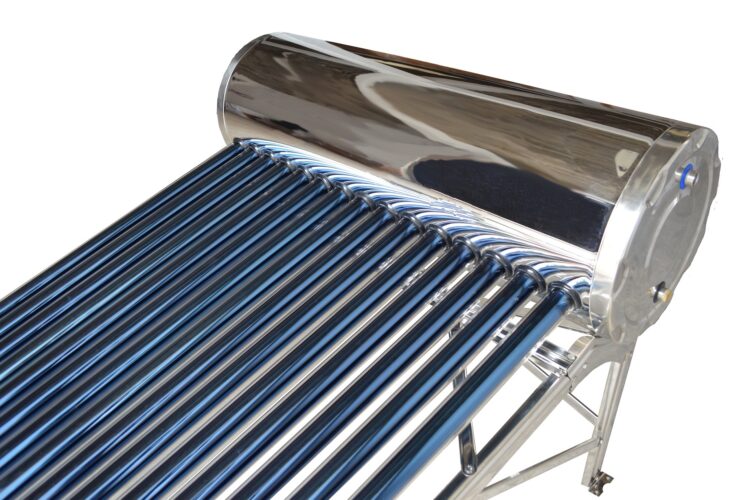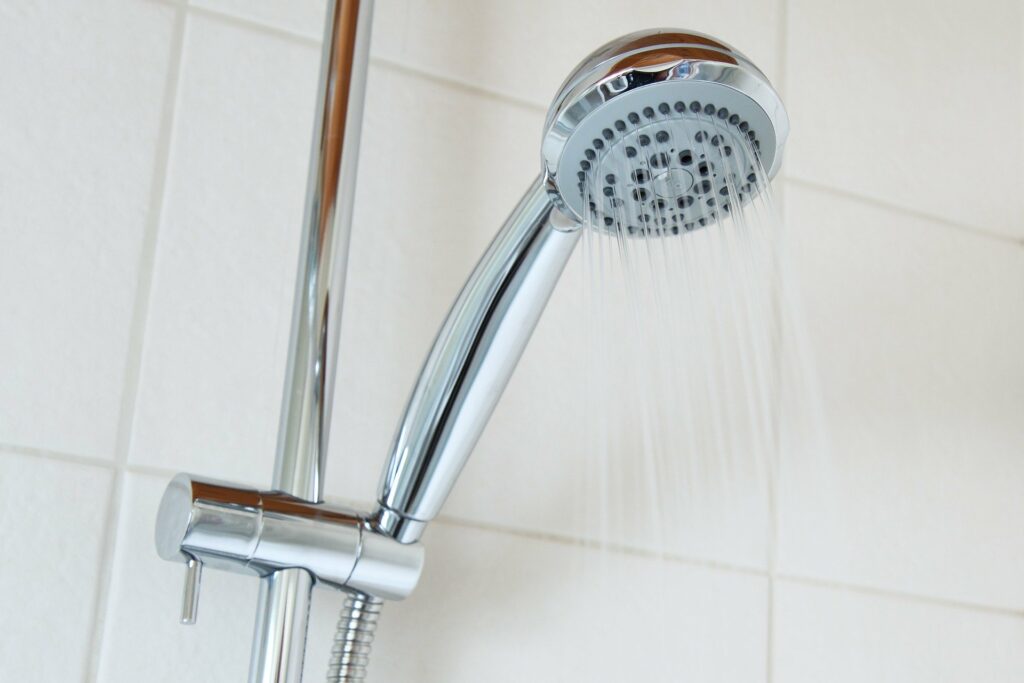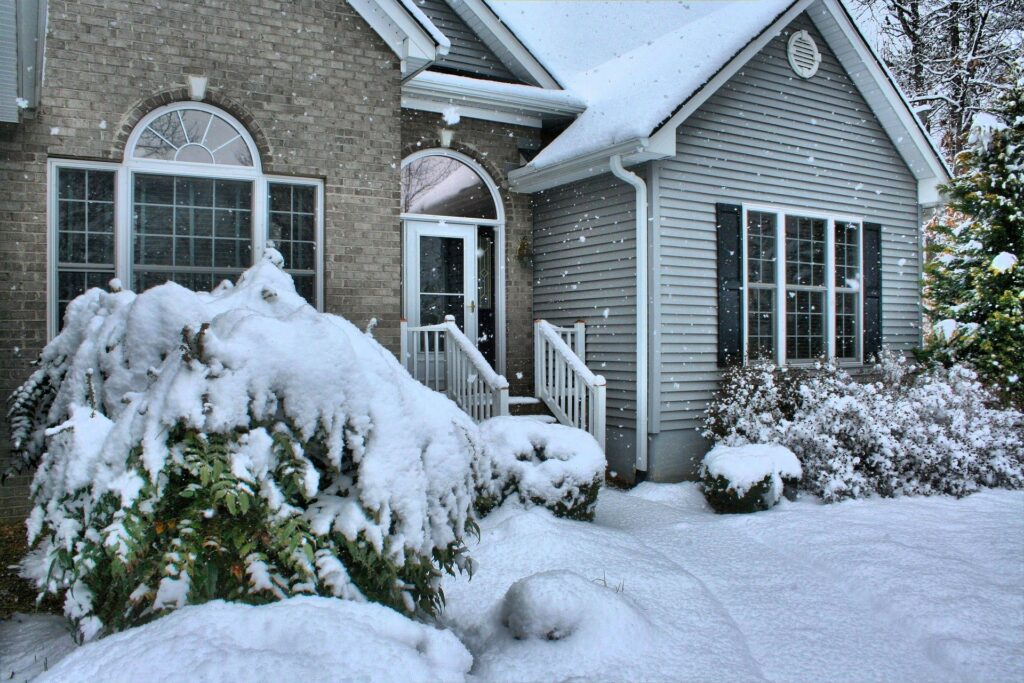
Solar Hot Water Heaters 101
Solar water heaters convert sunlight to energy to heat your home’s water. If you are looking to upgrade your water heater, you might want to learn a bit more about solar options.
A benefit of the solar water heater is that it can completely eliminate your gas or electric bill which you incur for heating water. Additionally, they also cut down emissions of pollutants and provide you with hot water throughout the year. Solar water heaters are available in a number of designs and capacities. We can help you learn more about them so that you can make an informed decision for your home improvement.
The Basics of Solar Water Systems

All of them have a basic design which includes a storage tank for storing hot water and a collector that collects solar energy. The major components of a solar water heater include a storage tank, collectors, heat exchangers, controller system, and backup heaters. Every solar hot water system is made up of the same basic parts. There are some differences in system design. There are different types of collectors and circulation systems in solar water heaters.
1. Direct Systems
This system directs the flow of water through solar collectors. The water is heated in these collectors by solar heat. Next, the hot water is delivered to the tank for storage or used directly by people. This type of system is recommended for climates where water rarely freezes. If used in climates that are colder than usual, freeze protection would become necessary.
2. Indirect Systems
Indirect or closed-loop systems employ a non-freezing liquid for transferring heat from the sun and then to the water held in the storage tank. The sun’s energy provides heat to the fluid in the collectors. The fluid then goes through a heat exchanger which is installed in the storage tank. The exchanger transfers the heat energy to the water. The non-freezing liquid flows back to the collectors. These systems are more suitable in freezing temperatures.
3. Active Systems
Active systems use forced-circulation with the help of electric pumps supported by valves and flow controllers that force water to flow to the storage tank from the collectors. These systems are very common in the US.
4. Passive Systems
These systems do not require any pumps. Instead, Natural Convection causes water to becomes heavier as it is heated. It automatically moves from the collectors to the tank as its temperature increases.
Collectors
Collectors are the solar panels that gather sunlight in order to convert it into heat energy. Solar radiation passes through the glass covering of the collector and hits the absorber plate which has a special coating designed for capturing the sun’s energy and converting it into heat energy. This heat is then transferred to a fluid, also called “transfer fluid”. This can either be an antifreeze liquid or portable water. The plate is equipped with small pipes that contain the transfer fluid. The size and number of the collectors varies depending on the amount of sunshine that your roof is exposed to and your water requirement.
Type of Collectors
1. Batch collectors
Batch collectors are also known as ICS, i.e, integrated collector storage systems. It includes dark tubes or tanks fitted inside a box. This box is insulated to prevent heat loss. Water is heated inside the tubes or tanks which keep on storing it till it is drawn. The collector can hold hot water for long if the drawing of water is low. This could make the water extremely hot. To protect you from scalding, tempering valves are used which mix cold water in the hot water to reduce its temperature before delivering it to the tap. Batch collection systems are not recommended for use in regions with very cold climates.
2. Flat-Plate Collectors
Flat-Plate Collectors consist of flat absorber plates to which copper tubes are fitted. The most common arrangement includes a number of parallel tubes connected by two pipes at each end – the inlet and the outlet. This entire assembly is enclosed in an insulated box which is further covered by tempered glass. They have a medium to high storage capacity which can hold upto forty gallons of hot water, enough for a family of four to six people. They are usually less expensive, capture less sunlight and are also less efficient in colder climates.
3. Evacuated Tube Collectors
Evacuated tube collectors are considered to be highly efficient. The evacuated tubes are based on the same principle as that of a thermos. A metal or glass tube that contains water or the heat transfer liquid is surrounded by a much larger tube. Vacuum is created between the two tubes to minimize loss of heat energy. This heating system can work well in extreme conditions and operate at temperatures of -40°F. When a tube is worn out, it can be replaced easily. Where they are the most efficient, they are also expensive as their cost is twice that of flat plate systems.
Heat Exchanger and Storage Tank
When the transfer fluid heats up in your collectors, the fluid moves into the heat exchanger which consists of a series of tubes/pipes. The heat exchanger is fitted inside your water storage tank. Hot water passes through the heat exchanger while the water inside your tank gets heated as a result of the heat exchange process that is based on the principle: heat flows from a hotter body to a colder one.

Controller System
The controller system is a part of all solar heating systems. It ensures that the temperature of the water does not get too high (especially when it is not being used) and is constantly collecting in the storage tank. It also stops cold water from flowing through the system when the atmospheric temperature is extremely cold or when the transfer fluid is not being heated sufficiently.
Backup Heater
Every solar water heater is equipped with a backup system. If the weather is too cloudy and enough heat cannot be generated by harnessing solar energy, the backup heater shifts to using gas or electricity for generation of hot water.
Final Word
You may not have really understood about solar water heaters before now. Knowledge is key to making great decisions in upgrading your home. Hot water provides a cost-effective energy source and an improved carbon footprint. You are now well on your way toward making your decision.